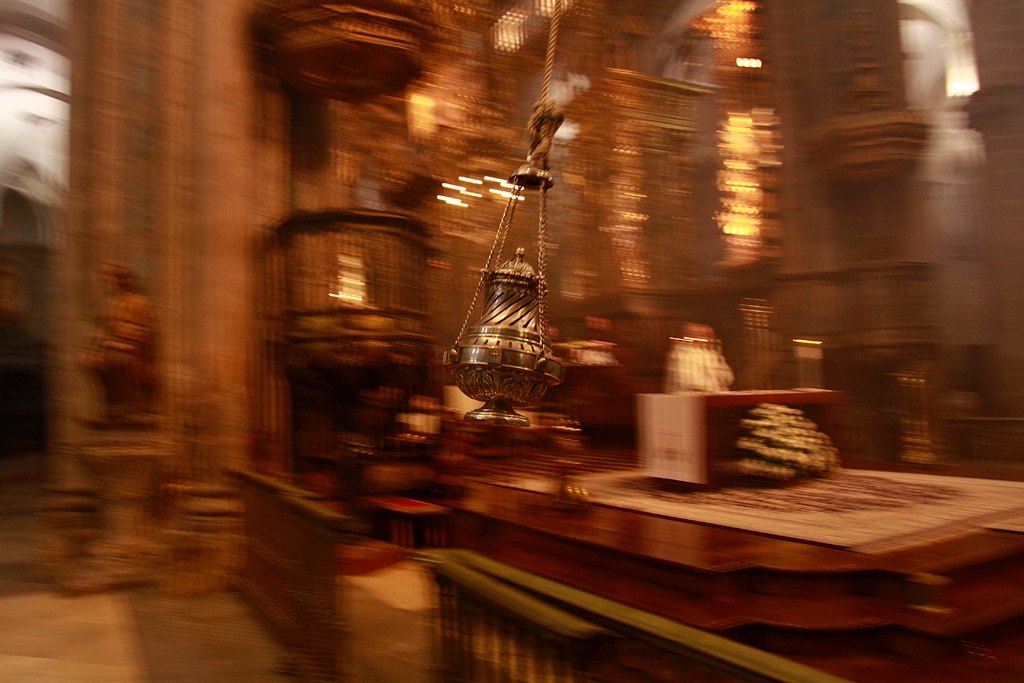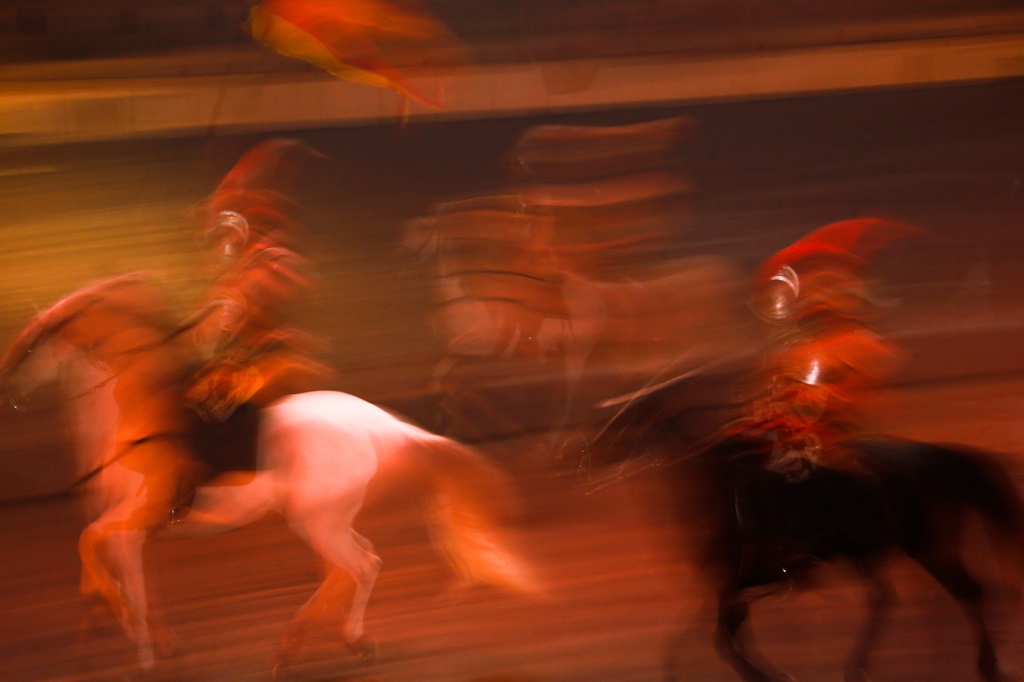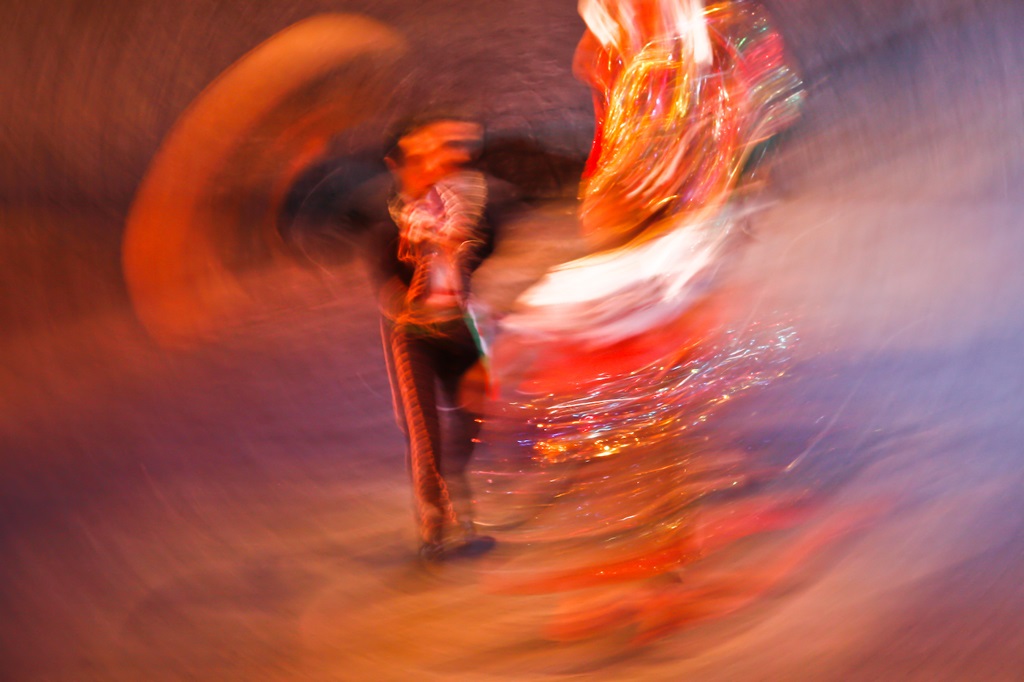Capturing Motion
Apart from capturing a moment or an exact second in time, photographs can also be used to denote movement. Sometimes, it is necessary to show what is happening through one single image and that is when the skill of capturing motion through images comes into play.
Here are a few tips on how to effectively capture the action of motion in your pictures:
Panning
Panning is a great way to depict motion in your pictures. It is a simple but highly effective method that allows the photographer to show that the subject is in motion. The technique is carried out by first adjusting the shutter speed. The shutter speed must be slow; ideally in the range of 1/15th to 1/30th of a second. Once this is done, the photographer must move the camera along the directional path of the subject.
This allows the photographer to maintain focus on the subject while blurring the background, which ultimately creates the effect of movement. This conveys the message that the world is moving fast around the subject, while the subject is almost frozen in time. You can experiment with panning by following a stationary subject while you are moving or by following a moving subject. This way you can capture motion in various forms.
Motion blur of subject or long exposure
Here, the idea is to show the subject in fast motion. Ideally, a tripod would come in handy for this particular kind of shot. The key here is to extend the shutter speed considerably. This allows the camera to focus on the still aspects of the scene while capturing the motion of a moving subject. This creates a unique effect. A similar effect can be seen when taking a picture of a moving vehicle, where the lights form streaks via exposure.
Rear curtain sync
This is a blend of both the above mentioned methods using flash. To understand this technique, you have to know that a shutter is made up of two curtains. One opens up from below to expose the sensor and the other one follows in less than a second to hide the sensor from the exposure of light. What happens here is that the first ambient light exposure is already creating an image before the second curtain closes. This creates an image where the subject appears to be moving in reverse. Using a slow shutter speed, this technique can create the appearance of time and motion being suspended.




No Comment